Deskripsi
Perkenalan
Penutupan terbuka cepat tekanan tinggi adalah komponen yang mengandung tekanan yang memfasilitasi akses cepat dan mudah ke bagian dalam sistem pipa. Perangkat ini memainkan peran penting dalam banyak pipa industri dan kapal tekan dengan memungkinkan operasi pembukaan dan penutupan yang lebih cepat, sehingga meningkatkan produktivitas operasional.
Dirancang untuk keselamatan dan kenyamanan, penutupan ini dapat dibuka dan ditutup dalam hitungan detik tanpa alat khusus, menandai peningkatan yang signifikan atas koneksi flensa tradisional yang dibaut. Mereka sangat bermanfaat dalam sistem yang membutuhkan akses interior yang sering, seperti peluncur babi dan penerima, karena aktuasi cepat mereka.
Aplikasi umum dari QOC termasuk peluncur dan penerima babi, kapal penekanan seperti unit filter, dan blowdown stack ventikal vertikal. Mereka dimasukkan ke dalam kode desain pipa tertentu, seperti ASME B31.4 untuk pipa cair dan ASME B31.8 untuk pipa gas. Ketika dipasang pada kapal bertekanan, mereka biasanya dirancang sesuai dengan ASME Bagian VIII, Divisi 1.
Desain dan struktur QOC bervariasi berdasarkan aplikasi dan diameter nominal pipa. Misalnya, pipa dengan diameter mulai dari DN100 hingga DN350 biasanya menggunakan jenis bayonet, sedangkan yang dengan diameter antara DN400 dan DN1200 sering menggunakan jenis cincin-kunci.
Instruksi untuk menggunakan penutupan terbuka cepat tekanan tinggi
- Bersiap
Sebelum melanjutkan, pastikan bahwa tekanan di dalam kapal telah benar -benar lega. Ini adalah tindakan pencegahan keamanan yang penting.
Lengkapi diri Anda dengan peralatan pengaman yang diperlukan, seperti sarung tangan dan kacamata pengaman.
Bersihkan area personel atau peralatan yang tidak perlu.
- Membuka kunci penutupan
Temukan mekanisme penguncian atau tuas pelepas, biasanya ditemukan pada tutup penutupan sebagai pegangan atau roda.
Lepaskan mekanisme penguncian. Ini biasanya dilakukan dengan memutar pegangan atau counter-clock, tetapi arah dapat bervariasi berdasarkan desain.
Setelah mekanisme penguncian dilepaskan, perlahan -lahan buka tutup penutupan. Beberapa desain menampilkan engsel dan ayunan terbuka, sementara yang lain perlu diangkat.
- Mendapatkan akses ke kapal
With the closure cover open, you now have access to the vessel for inspection, maintenance, or cleaning.
- Completing the Task
When you’ve finished with the vessel, replace the closure lid. Ensure it aligns properly with the vessel opening.
Engage the locking mechanism by turning the lever or wheel. This is typically done clockwise, but it can vary based on the design.
Ensure the closure lid is securely attached and that the seal is tight.
Parameter Produk
- Design Pressure: 1.6MPa-30MPa
- Corrosion Allowance: 2mm
- Seismic Fortification Intensity: 7 Derajat
- Work Medium: Oil, Natural gas, Water and ore pulp etc.
- Opening Time: Within 60 less than 200N
- Opening Type: Vertikal atau Horisontal
- Nominal Diameter Dn: ≤1600mm
- Design Pressure: ≤40 MPa
- Media Kerja: oil, gas, water
- Suhu Desain: -50℃~300℃
- Bahan: carbon steel
- Ketebalan Pipa: 6mm~100mm
Di atas adalah contoh indikator produk, spesifikasi penutupan terbuka cepat lainnya diterapkan sesuai dengan standar industri
Pertimbangan Keselamatan untuk Penutupan Terbuka Cepat Tekanan Tinggi
Periksa penutupan untuk setiap tanda kebocoran, terutama di dekat segel.
Lakukan tes tekanan yang diperlukan mengikuti pedoman perusahaan Anda atau rekomendasi pabrikan.
Keselamatan adalah yang terpenting dalam penggunaan penutupan terbuka cepat (QOC), seperti halnya peralatan operasional apa pun. Perangkat ini datang dengan berbagai fitur keselamatan dan harus dioperasikan sesuai dengan tindakan pencegahan dan peraturan industri yang ditentukan.
Fitur Keamanan
QOC sering menggabungkan fitur keselamatan. Yang umum adalah perangkat peringatan tekanan, yang memberi tahu operator terhadap tekanan residu di dalam kapal, mencegah pembukaan penutupan yang tidak disengaja sebelum depresi total dan menghindari kecelakaan potensial.
Penguncian mekanis adalah fitur keamanan penting lainnya yang ada dalam banyak QOC. Mekanisme ini mengamankan penutupan selama operasi, mencegah pembukaan yang tidak disengaja di bawah tekanan.
Tindakan pencegahan saat menggunakan qocs
Operator harus selalu memastikan semua tekanan telah sepenuhnya lega sebelum mencoba membuka penutupan. Meskipun perangkat peringatan tekanan sangat membantu dalam hal ini, operator juga harus dilatih untuk mengkonfirmasi bantuan tekanan melalui cara lain.
Pemeliharaan penutupan yang tepat juga penting. Pemeliharaan rutin dan penggantian tepat waktu dari bagian yang dipakai atau rusak dapat mencegah kegagalan penutupan selama operasi.
Selain itu, personel harus dilatih secara menyeluruh dalam prosedur yang benar untuk membuka dan menutup perangkat. Ini termasuk mengetahui cara menggunakan alat yang diperlukan dan memastikan bahwa penutupan disegel dengan benar setelah ditutup.
Kepatuhan terhadap Standar dan Peraturan Industri
QOC harus memenuhi persyaratan kode desain industri yang relevan, seperti ASME VIII Div. 1, asme viii div. 2, dan PD5500. Kepatuhan dengan standar -standar ini memastikan bahwa penutupan dirancang dan dibangun untuk menahan tekanan yang akan ditemui selama operasi.
Banyak qoc juga menanggung stempel ASME U. Tanda ini menunjukkan bahwa penutupan telah mengalami inspeksi yang ketat oleh seorang inspektur ASME-resmi, yang selanjutnya menyatakan keselamatannya.
Kesimpulan
Penutupan terbuka cepat tekanan tinggi berfungsi sebagai komponen yang sangat diperlukan di beberapa pipa industri dan kapal tekanan. Desain baru mereka membuat operasi lebih produktif dengan membuatnya mudah dan cepat untuk mencapai bagian dalam sistem pipa. Ini adalah peningkatan besar atas koneksi flensa tradisional yang dibaut. Utilitas mereka terutama diucapkan dalam sistem yang sering membutuhkan akses interior, seperti peluncur babi dan penerima.
Penggunaannya mencakup serangkaian aplikasi, termasuk kapal penekanan seperti unit filter dan blowdown stack ventikal vertikal. Kode desain pipa khusus industri, seperti ASME B31.4, ASME B31.8, dan ASME Bagian VIII, Divisi 1, mengatur bagaimana QOC dibangun. Ini memastikan bahwa mereka aman untuk digunakan dan memiliki struktur yang solid.
Selain fleksibilitas desain mereka, dan mengakomodasi berbagai diameter pipa, QOC juga dilengkapi dengan fitur keamanan penting seperti perangkat peringatan tekanan dan kunci mekanik. Fitur -fitur ini dirancang untuk mencegah pembukaan yang tidak disengaja dan potensi kecelakaan yang dapat ditimbulkannya. Namun, operasi yang aman dari perangkat ini juga bergantung pada prosedur penggunaan yang benar, pemeliharaan rutin, dan pelatihan komprehensif personel operasional.
Terakhir, QOC diharapkan untuk mematuhi ketentuan kode desain industri utama. Banyak yang juga membawa perangko ASME U, melambangkan bahwa mereka telah melewati inspeksi yang ketat dan memenuhi standar keselamatan yang tinggi. Ini memperkuat kredibilitas mereka dan meyakinkan pengguna keandalan dan keamanan mereka.
Saat kami bergerak maju, peran QOC dalam pengaturan industri diatur untuk tumbuh, mengingat kontribusi signifikannya terhadap efisiensi dan keamanan operasional. Pengembangan mereka yang berkelanjutan, ditambah dengan kepatuhan yang ketat terhadap praktik dan standar keselamatan, akan memastikan bahwa mereka tetap menjadi andalan di industri.

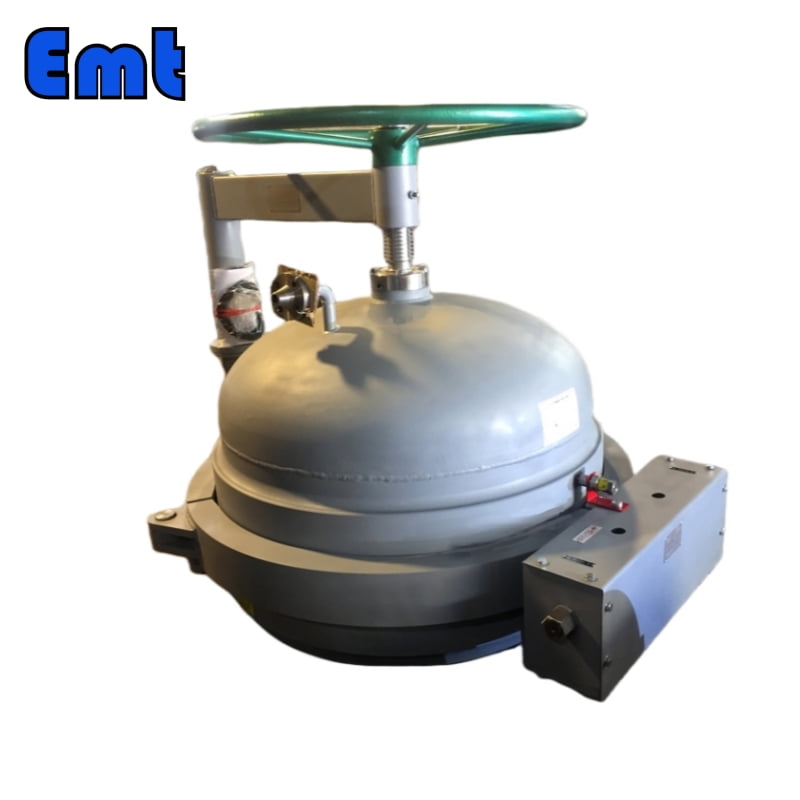
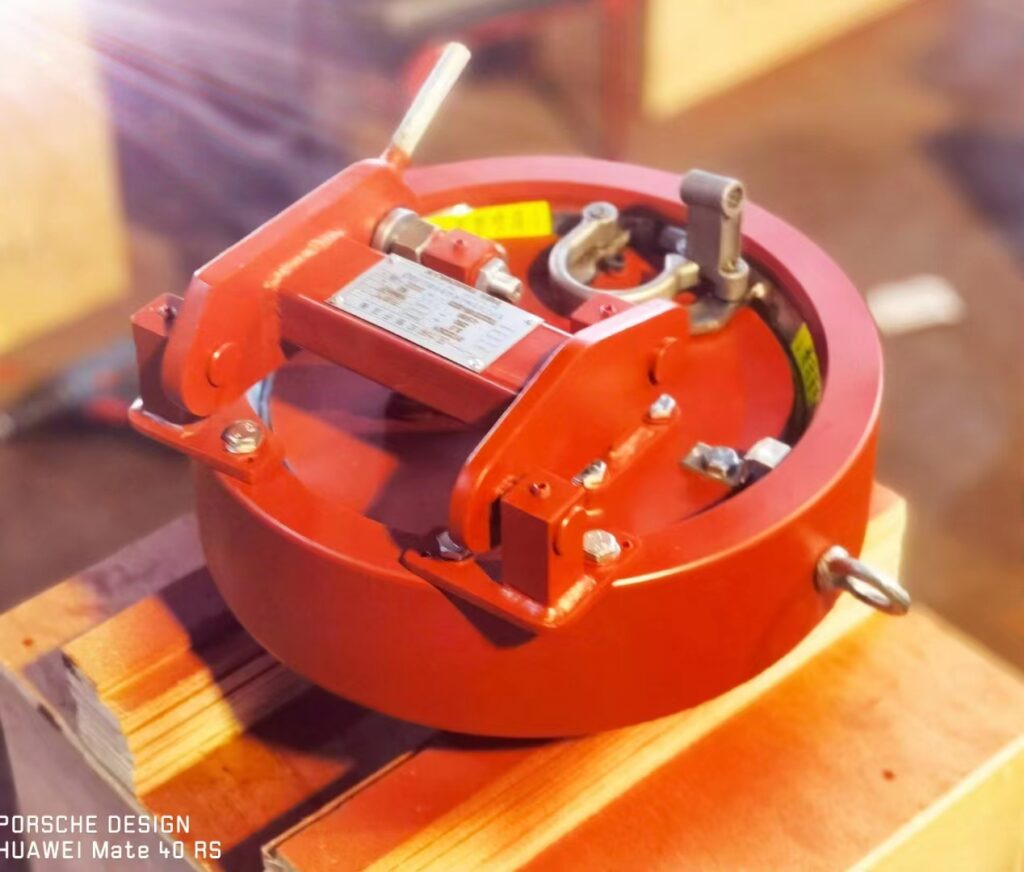
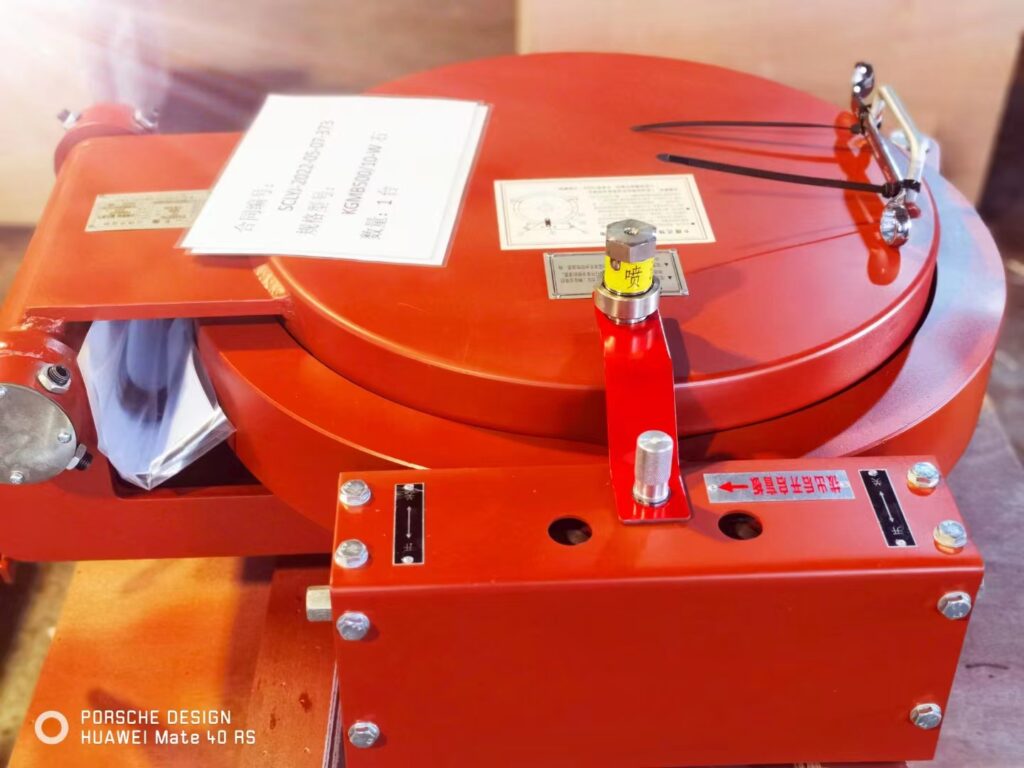
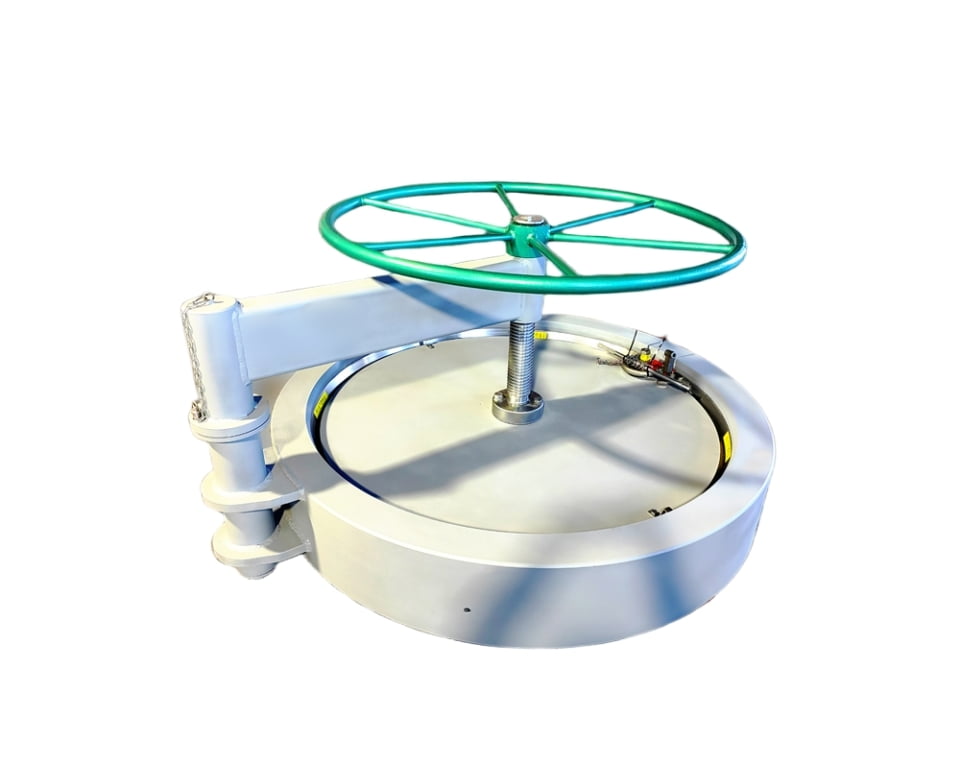
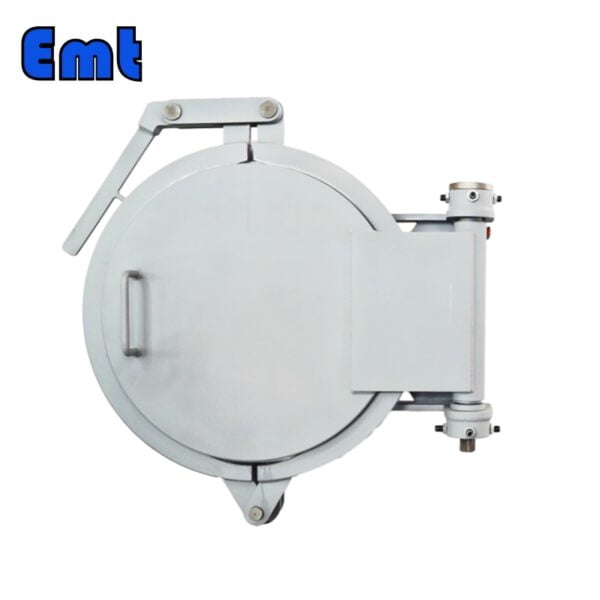

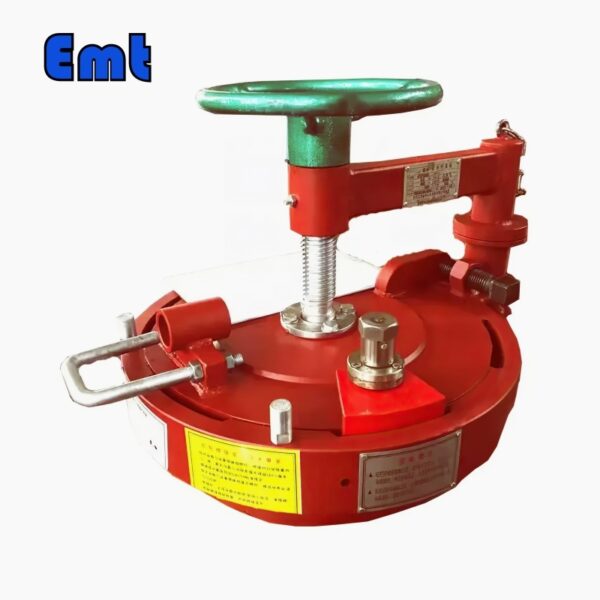
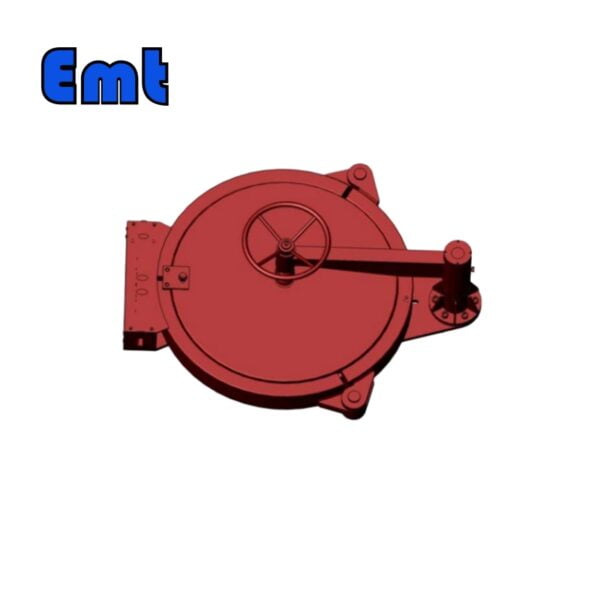
Ulasan
Belum ada ulasan.